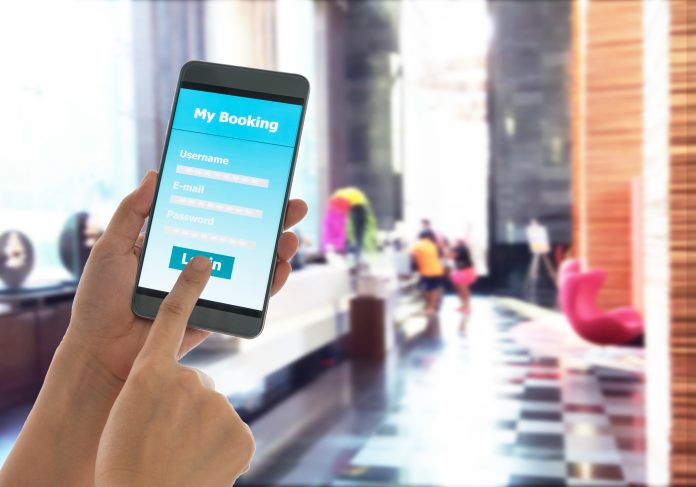A generation of tech-savvy millennials are not only demanding connectivity in the workplace but are also transforming the hospitality industry.
While it?s no secret that millennials will make up more than half of the global workforce by 2020, they are also the largest segment of business travelers. Nearly 38% of millennials travel for work, compared with 23% and 8% of Gen-Xers and baby boomers, respectively, according to a 2017 survey.
In a highly competitive industry like hospitality, attracting and creating loyal customers matters and more hotels and resorts are deploying technology as a means of differentiating themselves from competitors. While the most common requirement from guests is a robust Wi-Fi connection, hotel and resort owners are going far beyond internet connectivity to attract loyal customers and increase revenue.
Today hotels and resorts are using tiny devices called Bluetooth Low Energy (BLE) beacons to improve guest experiences and market and advertise services and amenities to guests.
What is a beacon?
A beacon is a small Bluetooth radio transmitter, most often powered by batteries that transmit BLE signals that are capable of scanning and displaying these signals on smartphones. While Bluetooth technology is commonly used to connect headphones and speakers wirelessly,?the low energy version of Bluetooth transmits less data over regular intervals of time and has emerged as a useful technology for beacon devices, because it consumes much less power.
A beacon essentially transmits a signal which can range from 20 meters to 300 meters and connect with smartphones within the designated areas. The smartphone sends an ID attached to the signal to the cloud, and a server responds with the action linked to the beacon ID such as a notification introducing a complimentary spa service, offers at the hotel?s onsite eatery or gift shop.
BLE beacons improve guest experience and ROI
BLE beacons have emerged as one of the most powerful advertising tools to date. Bluetooth beacons communicate with customers in a way which is contextually relevant and personalized and provide a profitable way to market, up-sell a variety of services to guests and increase ROI during the hotel guest cycle.
According to a recent study, 90% of a guest?s time is spent outside of a hotel, and BLE devices can increase the amount of time occupants spend using onsite amenities and services by seamlessly connecting guests to services and amenities. Hoteliers are now able to provide a more intimate and personalized guest experience through the use of beacons by using them to track guest preferences.
In addition to creating revenue channels for up-selling amenities beacons add extra value and build customer loyalty and engagement through the use of personalized coupons and discounts. For example, if a guest has visited the spa, a hotelier can send guests discounts for their next service instantaneously. The James Hotels located in Chicago, Miami, and New York City, released the James Pocket Assistant in 2014, which is designed to act as an e-concierge. The mobile app allows guests access to exclusive offers, view maps, contact the hotel, and request services and even take a self-guided tour of the hotel?s art collection and notifies users of special offers and perks based on their location on the property.
Improving staff productivity and efficiency
Beacons also improve staff productivity and efficiency by identifying which rooms are ready for cleaning or checkouts without disrupting guests, enhancing their experience. Starwood Hotels & Resorts is using beacon technology to help concierges greet arriving guests by name, accelerate the check-in process for frequent guests, and let housekeeping know when guests are still in a room.?
Further, the real-time data analytics, insights and behavioral information provided by beacons offer hotel operators a deeper understanding of the way in which guests use facilities to identify profit centers or locations where guests are spending their time and money. By outfitting the property with beacons at the pool, bar, restaurant, lobbies, operators can plan for appropriate staffing to ensure that a guest’s customer service experience is not compromised which can result in loss of revenue.
Enabling secondary revenue streams
Beacons are also being used by hotels to broadcast offers from local restaurants and spas nearby the property and offer a secondary revenue stream for hotels and resorts who charge then third parties for advertising on their mobile apps. For example, Mariott is using its to create a loyalty program called LocalPerks

